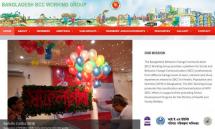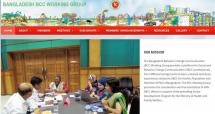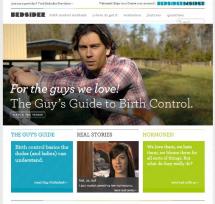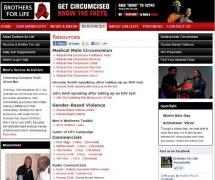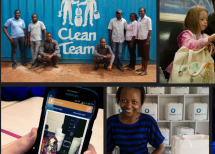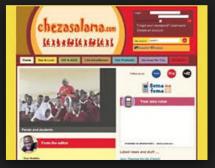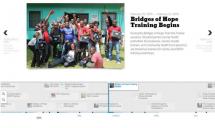Act Against AIDS Campaign Materials
This website offers an overview of some of the materials produced for the Act Against AIDS campaign available for download. It offers HTML code for organizations that wish to place badges and banners on their website to link to the CDC’s various Act Against AIDS campaign websites.
Source: US Centers for Disease Control and Prevention
Date of Publication: March 25, 2019
SIMILIAR RESOURCES
Tools
Examples
- Positive Series: Art for U=U Campaigns
- A Multi-Sector Approach to Preventing Violence
- Gapminder
- PrEP Communications Accelerator
- Social and Behavior Communication Change (SBCC) Implementation Kit to Support Faith-Based Organization Breastfeeding Interventions
- COVID-19 Vaccination Communication
- Evidence for Contraceptive Options and HIV Outcomes (ECHO) Study
- Zika and Pregnancy: Questions and Answers
- WHO Coronavirus Website
- People Living with HIV Stigma Index


